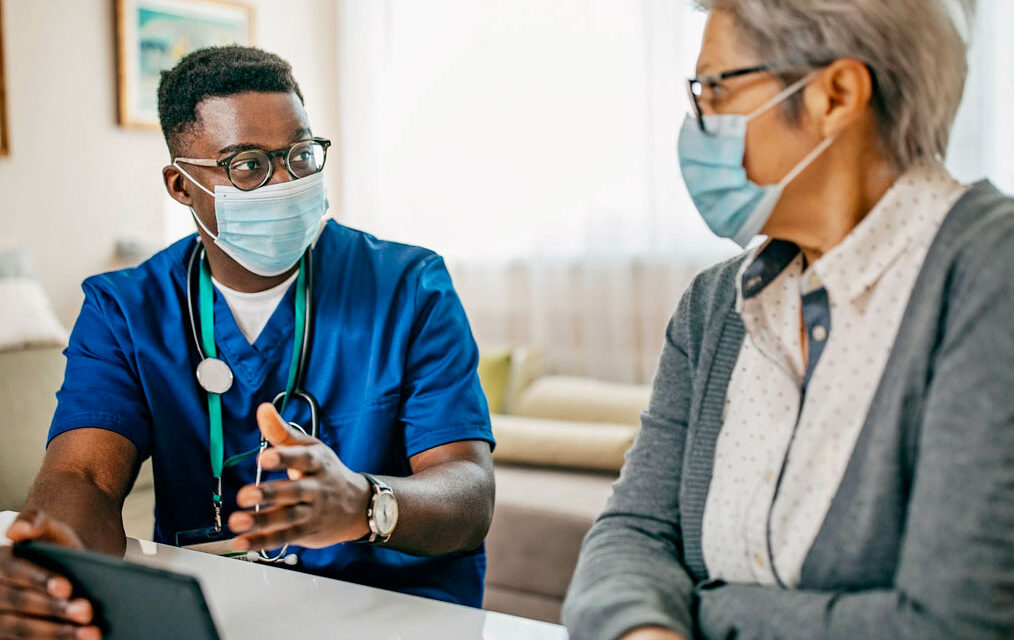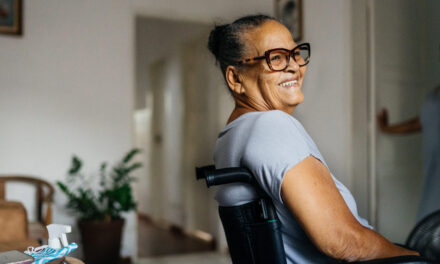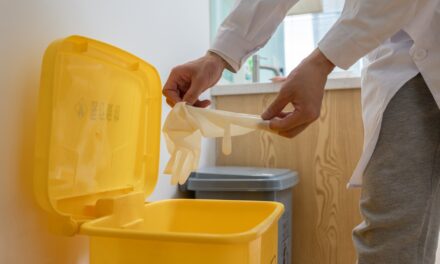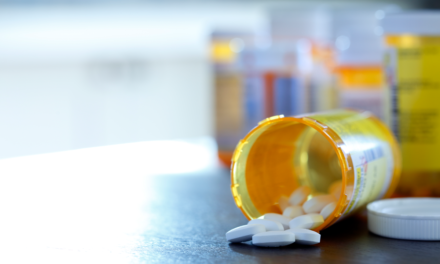Establishing a cloud based Infection Prevention monitoring program in long-term care facilities
Infection Preventionists spend at least 10 hours per week on reporting requirements1; between 1.6 and 3.8 million infections occur each year2, and the cost of infections are estimated to be up to $2 billion2. Because of this, it is imperative that senior care facilities remain up to date on their Infection Prevention practices, needing speedy surface testing and tracking to perform their jobs adequately. This is causing the Senior Living industry to pivot towards cloud-based contamination monitoring to help prevent and track infections.
Three of the main challenges senior healthcare facilities struggle with in their infection prevention strategies include:
- Sheer volume of infections
- Time spent reporting
- Citation tags
A cloud-based contamination monitoring system simplifies the reporting process and can help reduce the number of infections. Let’s take a closer look.
Benefits of Long Term Care Infection Prevention Programs
When it comes to infection prevention, there are several roadblocks most senior healthcare facilities face:
- On average, nursing homes treat 2.1 infections per licensed bed each year, with an average of 23 resident deaths occurring annually from these infections – this does not include deaths from the COVID-19 pandemic1.
- Infection preventionists spend at least 10 hours per week on reporting requirements1
- F880 (Infection Prevention and Control) is one of the most frequently cited new survey tags nationwide4
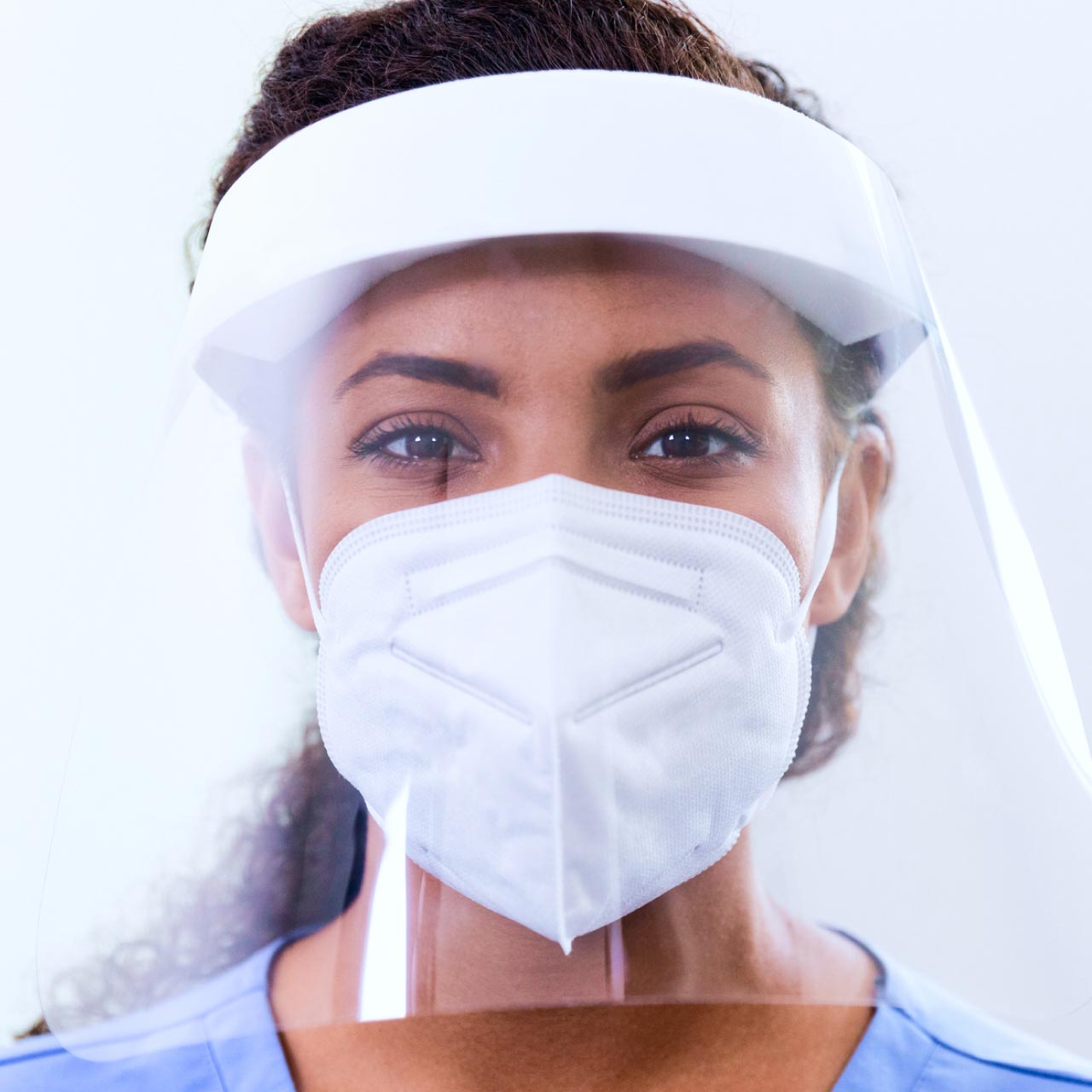
According to Leading Age, surveyors are keeping a close eye on non-clinical staff and surfaces the staff come into contact with such as “environmental services staff pulling trash and going to the elevator with their gloves on, hitting elevator buttons with the same gloves still on and also walking the halls with gloves after leaving a dirty utility room4.”
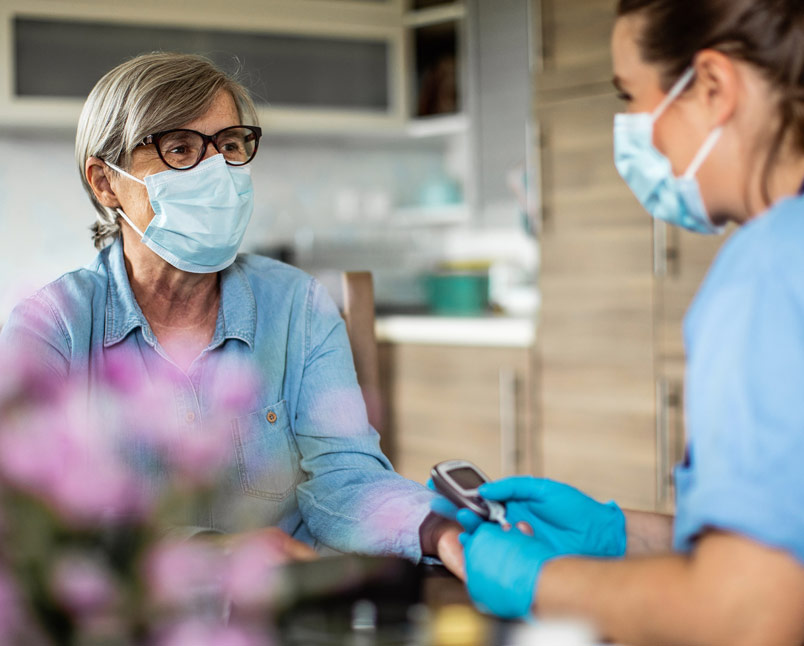
- Real-time updates for Infection Prevention and Control Program (IPCP)
- Automated notifications of infections to appropriate parties for state and local compliance
- Contamination monitoring to help reduce cross contamination1
What your facility needs to know about process surveillance
A facilities’ infection prevention and control program must be designed to:
- Provide a safe, sanitary and comfortable environment
- Help prevent development and transmission of communicable diseases and infections1
What you need to know:
There have been some updates to the language around environmental cleaning and the subsequent process surveillance that is expected of the Infection Preventionist as part of a facility’s Infection Prevention and Control Program. We are speaking of the Process Surveillance section in the CMS state operations manual, where it states that:
“Cleaning and disinfection products and procedures for environmental surfaces and equipment infection (e.g., objective methods for evaluation may include direct practice observation, fluorescent markers, adenosine triphosphate (ATP) bioluminescence (a method for quantifying the concentration of environmental microorganisms), or swab cultures used primarily for outbreak investigation.3”
As you see, there’s now a reference to adenosine triphosphate (ATP) testing, which we haven’t seen in these guidelines before.
We’ll let the leading Senior Living surveillance experts take the reins to further explain the CDC and CMS guidelines regarding ATP.
Bac-Track Speaks on Long Term Care Infection Prevention and CMS impacts in communities.
“With CMS aiming to bring healthcare facilities into compliance, the time is now to adopt a strategic infection control monitoring and feedback on practices and compliance in long-term care facilities.
The CDC’s Core Infection Prevention and Control Practices for Safe Healthcare Delivery in All Settings is now available. The “core practices” were previously recommendations of the Healthcare Infection Prevention and Control Practices Advisory Committee (HICPAC). The CDC considers these core practices to be fundamental standards for wherever health care is delivered. Per CDC 4 and CDC 5e, long-term care facilities (LTCFs) are required to:
- Identify and monitor adherence to infection prevention practices and infection control requirements.
- Provide prompt, regular feedback on adherence and related outcomes to healthcare personnel and facility leadership.
- Train performance monitoring personnel and use standardized tools and definitions.
- Monitor the incidence of infections that may be related to care provided at the facility and act on the data and use information collected through surveillance to detect transmission of infectious agents in the facility.
- Develop and implement systems for early detection and management of potentially infectious persons at initial points of patient encounter in outpatient settings and at the time of admission to hospitals and long-term care facilities.
According to McKnights Long-Term Care News, “As many providers begin the new year juggling tight budgets, managing infection prevention remains a top-line consideration. With the critical shortages in the nursing home workforce today, there may not be a more important hire than the now-mandatory infection preventionist.”
CMS states “The IP must have the time necessary to properly assess, develop, implement, monitor, and manage the IPC (infection control program) for the facility, address training requirements, and participate in required committees, such as [quality assurance]. The IP must physically work onsite in the facility. He or she cannot be an off-site consultant or perform the IP work at a separate location, such as a corporate office or affiliated short-term acute care facility.”
Additionally, the Office of Inspector General (OIG) reports, “Nursing homes are required to operate and provide services in compliance with all Federal, State, and local laws, regulations, and codes, as well as accepted professional standards and principles (42 CFR § 483.70). Federal regulations on infection control (42 CFR § 483.80) require nursing homes to establish and maintain an IPCP designed to provide a safe, sanitary, and comfortable environment and to help prevent the development and transmission of communicable diseases and infections.”
Getting trained IPs in nursing homes will eventually increase infection surveillance data reported to the Centers for Disease Control and Prevention (CDC).
Strategic Infection Control Monitoring
A leading healthcare SAAS company providing a comprehensive IP solution is Bonafide Medical Group available through Direct Supply. Bac-Track is specifically designed for Long-Term Care Facilities to help provide a system of surveillance to meet and exceed federal requirements. The system allows for full transparency of infections, ATP cloud-based contamination monitoring. Infection control reporting is also automated, and corrective actions can be easily taken and documented in the system. For admins, download the Bac-Track ROI here.
With CMS aiming to bring healthcare facilities into compliance, the time is now to adopt a strategic infection control monitoring and feedback on practices and compliance in long-term care facilities.”
Where can I get a cloud-based contamination monitoring system for my building’s infection prevention?
Anyone interested in having a cloud-based contamination monitoring system is encouraged to contact Direct Supply®, who has partnered with Bac-Track. Infection Prevention is made easier with a monthly subscription. Fill out the form below to explore your facility’s subscription options.
Sources:
-
https://www.directsupply.com/wp-content/uploads/2023/04/Bac-Track-IP-Process-Surveillance-Overview.pdfBac-Trac PDF
-
https://www.hcanj.org/files/2013/10/Infection-Prevention-and-Control-Overview-of-New-CMS-Rules-and-Survey-Process-by-Pamela-Scarborough.pdf
-
https://www.cms.gov/medicare/provider-enrollment-and-certification/guidanceforlawsandregulations/downloads/appendix-pp-state-operations-manual.pdf
-
https://leadingage.org/top-five-frequently-cited-f-tags-as-of-2022/
